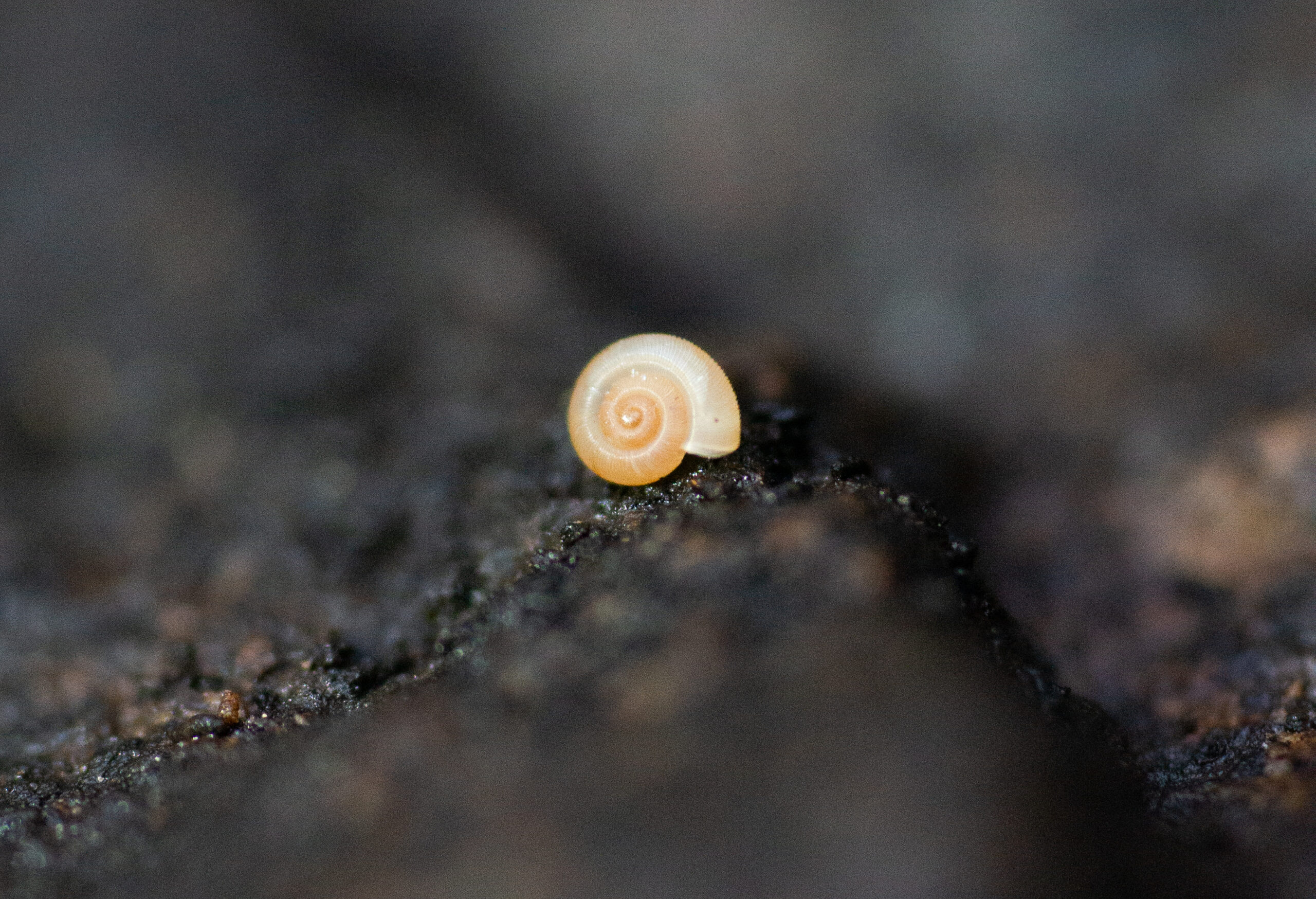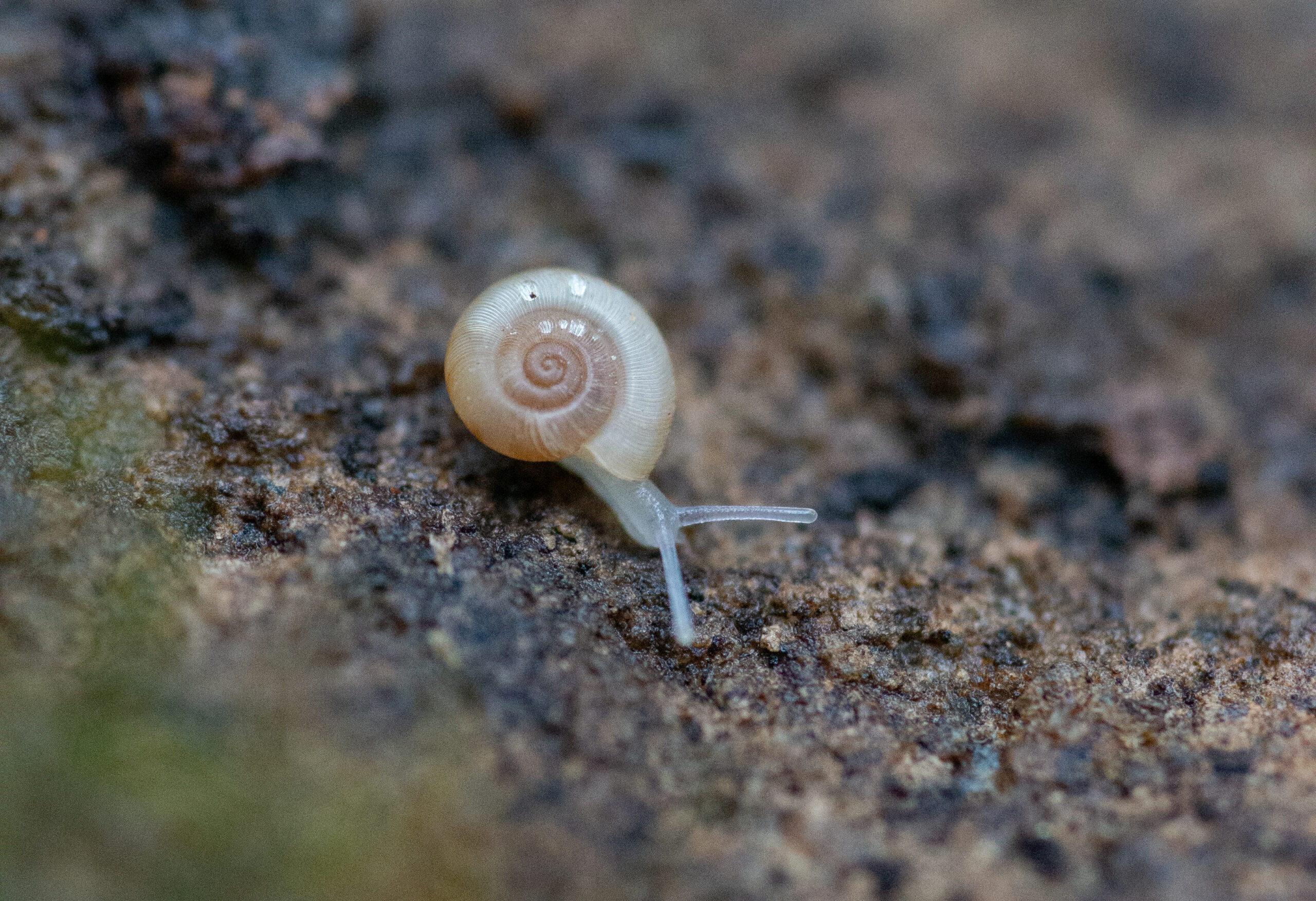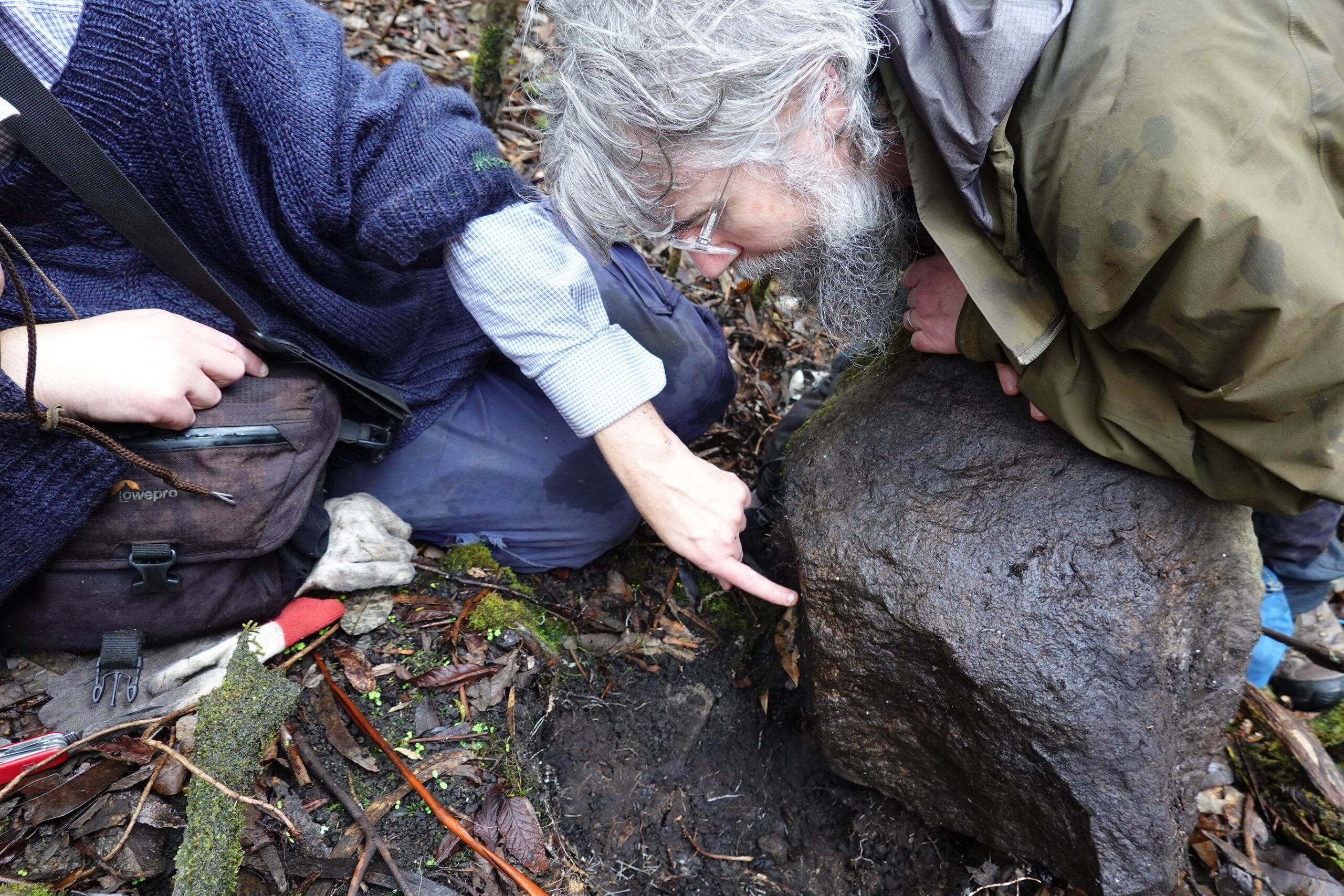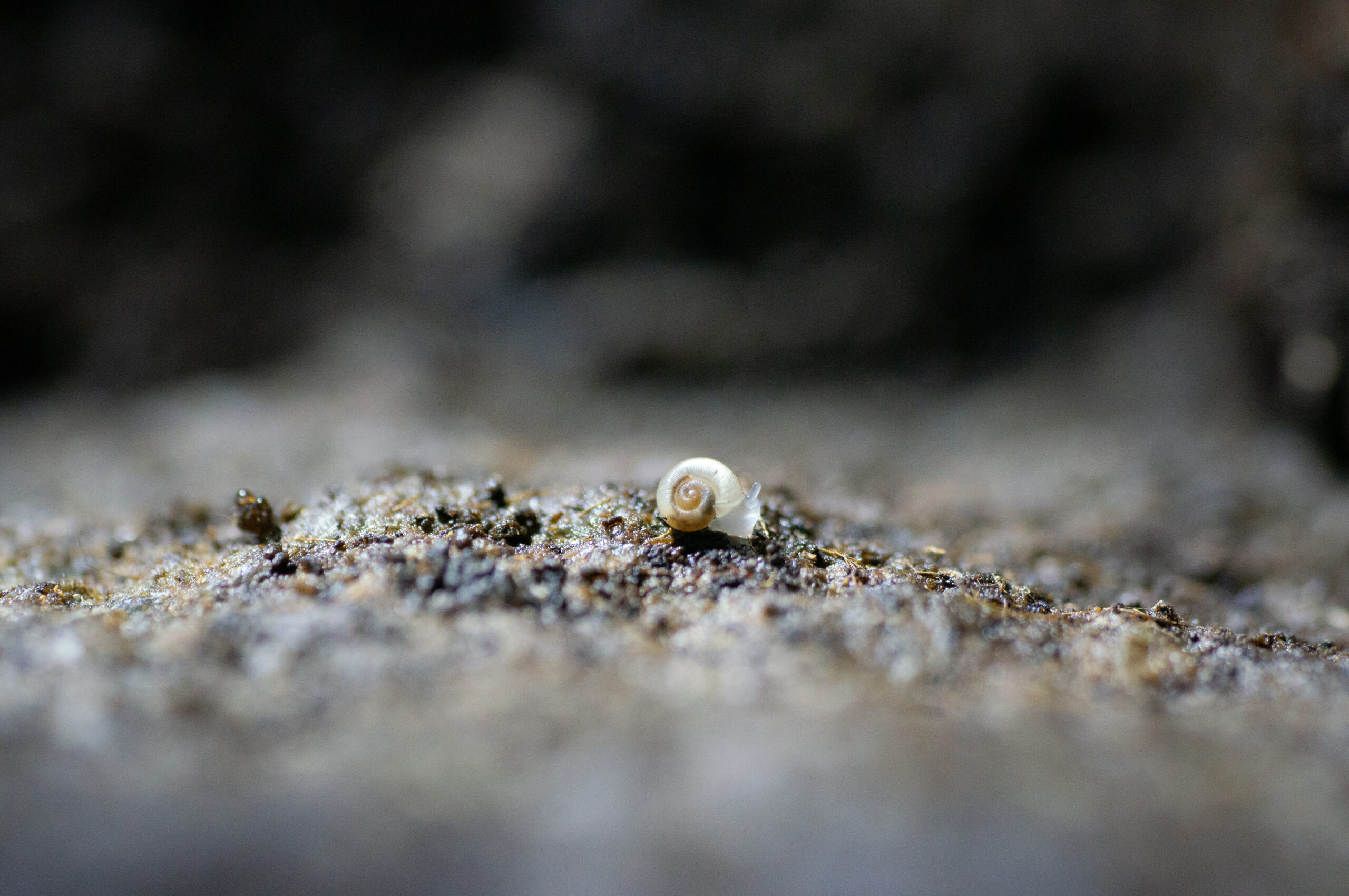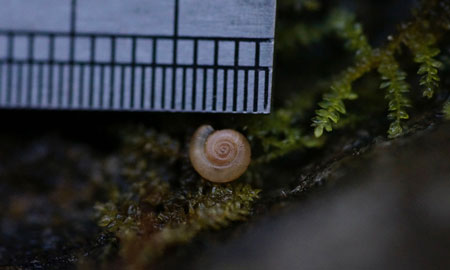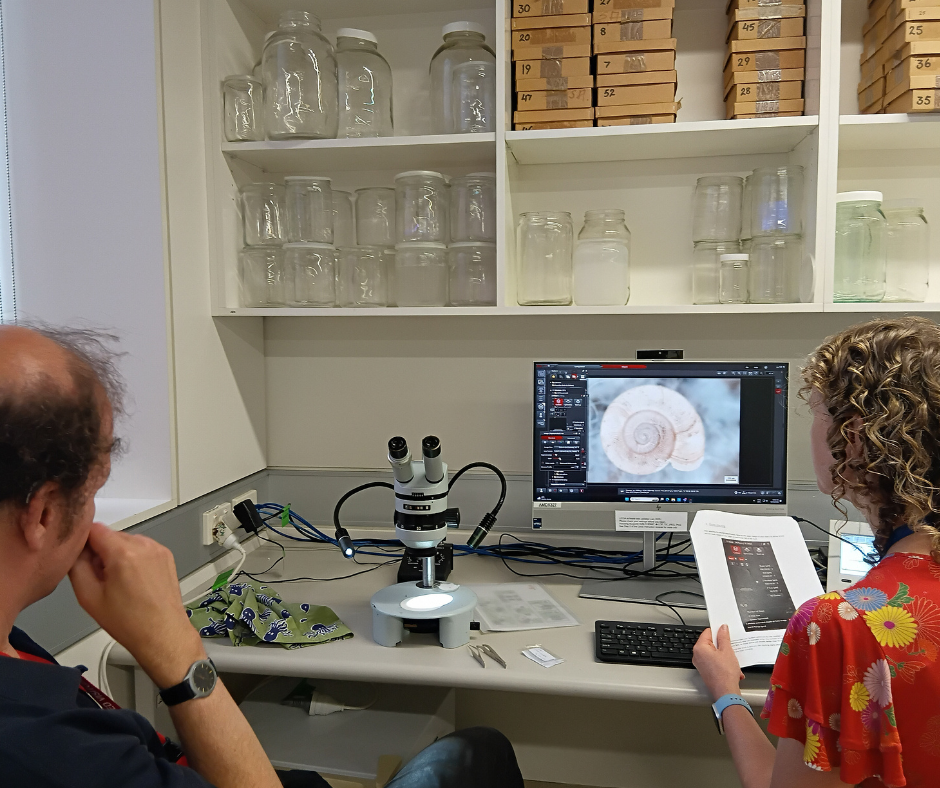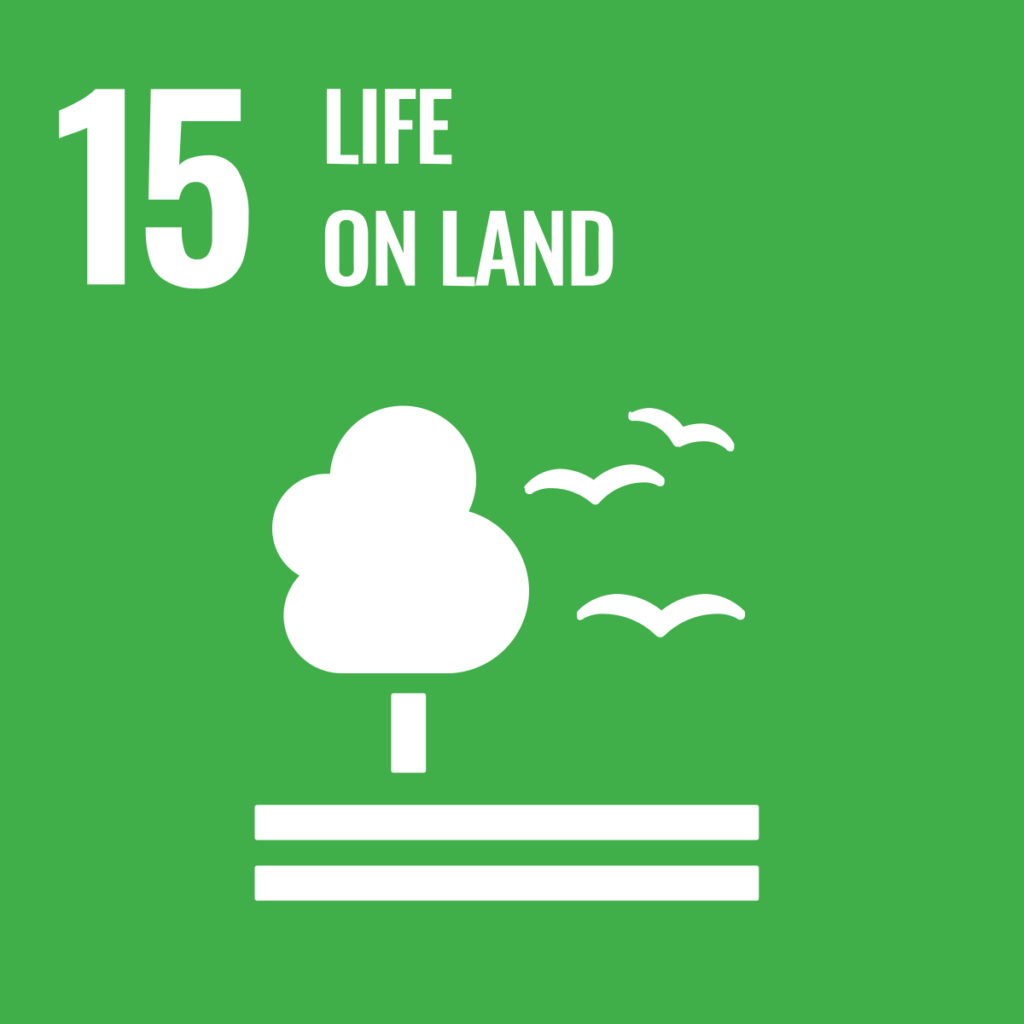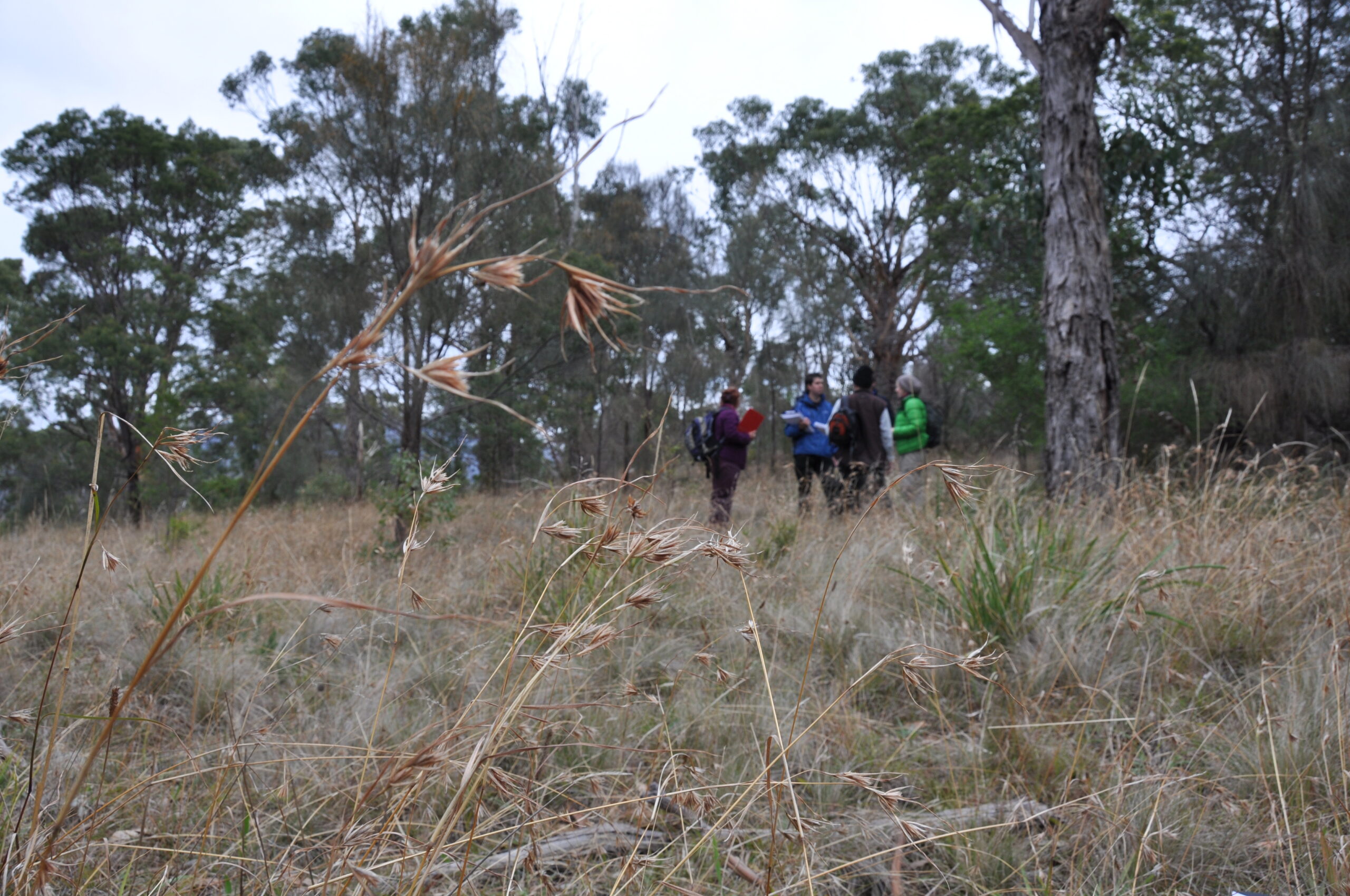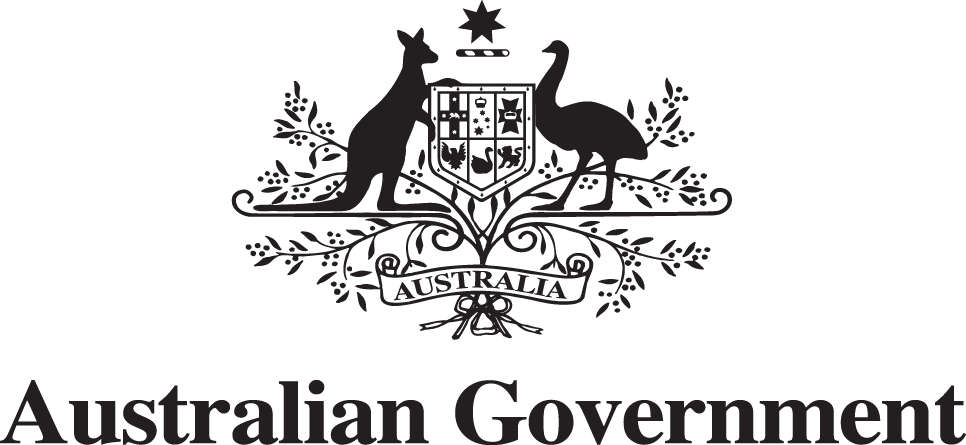Actions for Ammonite Snail
Safeguarding the Critically Endangered Ammonite Snail
Known from only a handful of locations in the Greater Hobart region and measuring a mere 3mm wide, the tiny, cryptic Ammonite Snail lives under mossy rocks in wet forests on dolerite rock. In order to conserve this species, we need more information about its habitat, range and how it overlaps with similar species.
Listed as Critically Endangered under the EPBC Act 1999 and Endangered under the Threatened Species Protection Act 1995, the Ammonite Snail (Ammoniropa vigens) is one of the Australian Government’s priority species under its Threatened Species Action Plan 2022-2032. Only three surviving colonies are currently known, all located in Hobart’s southern suburbs.
Our Approach
This project is addressing some of the key knowledge gaps about the species by;
- Using genetic analysis techniques to improve identification and detection;
- Develop an eDNA marker to improve accuracy about the species’ current range
- Species distribution modelling to help support conservation decision making and predict where unknown populations may occur;
- Developing guidelines to identify and protect critical habitat for Ammonite Snails;
- Working with landholders to support conservation actions on private land; and
- Community engagement to encourage landowners to become involved in a landholder support package scheme to protect the species and its habitat.
PROJECT PILLARS AMMONITE SNAIL
HELPFUL LINKS
Threatened Species LinkBackground
The current population estimate for Ammonite Snails is around 200 individuals. Its geographic range is very restricted and precarious, and it has only been identified at six discrete sites in the Greater Hobart region. Ammonite Snails are found in forest remnants of the urban and peri-urban environment, which is suffering various impacts such as land use change and subsequent clearing and increased fire frequency.
The project will deliver critical recovery actions and build upon established partnerships within local government, the Australian Museum. NRM South will be guided by local experts and engage with relevant land managers across different tenures to improve stakeholder ability to recognise and protect key habitat.
Developing Guidelines
This project will build upon and complement the work of Dr Kevin Bonham, who has described the species’ habitat and range. Identification of Ammonite Snails can be difficult as they can be similar in appearance to other native snails that exist within their range. It may even be the case that the Ammonite Snail has a broader range than assumed, due to the potential for misidentification. It is important, therefore, to accurately define the species.
A molecular phylogenetic study will be used to confirm species boundaries and to confirm whether current shell identification patterns are accurate. This information will be used in the development of an identification guide for landholders as well as a reference library for future genetic studies.
An environmental DNA (e-DNA) marker will also be developed and tested. If effective, this method will allow researchers to take soil samples and test for the presence of Ammonite Snail DNA to quickly and easily confirm whether they are in a selected area.
Using information from on-ground surveys and historical records, species distribution modelling (SDM) will be undertaking using current and future climate scenarios. SDM’s are a commonly used to predict how likely it is that a species will be found in an area. These models are crucial to support conservation decision making and can even help to identify new populations of species.
Working With Private Landholders
Once the guidelines have been developed based on the findings of the genetic analysis and habitat modelling work, specific onground actions to protect Ammonite Snail habitat will go ahead. Once priority sites have been identified, NRM South will work with private landholders through a landholder support package scheme. As part of this scheme, private landholders will be provide with financial and technical support to address key threats to Ammonite Snails such as disturbance from land clearance and fire, and to identify on-ground actions that could contribute to better protection of the species and provide clear guidance on key habitat preferences.
Project Targets
Developing species management guidelines
Developing an e-DNA marker
Developing a DNA reference library
Engaging with 5 private landowners through an incentives scheme
Completing a climate and habitat model
Project Timeline
This project will run until October 2025.
